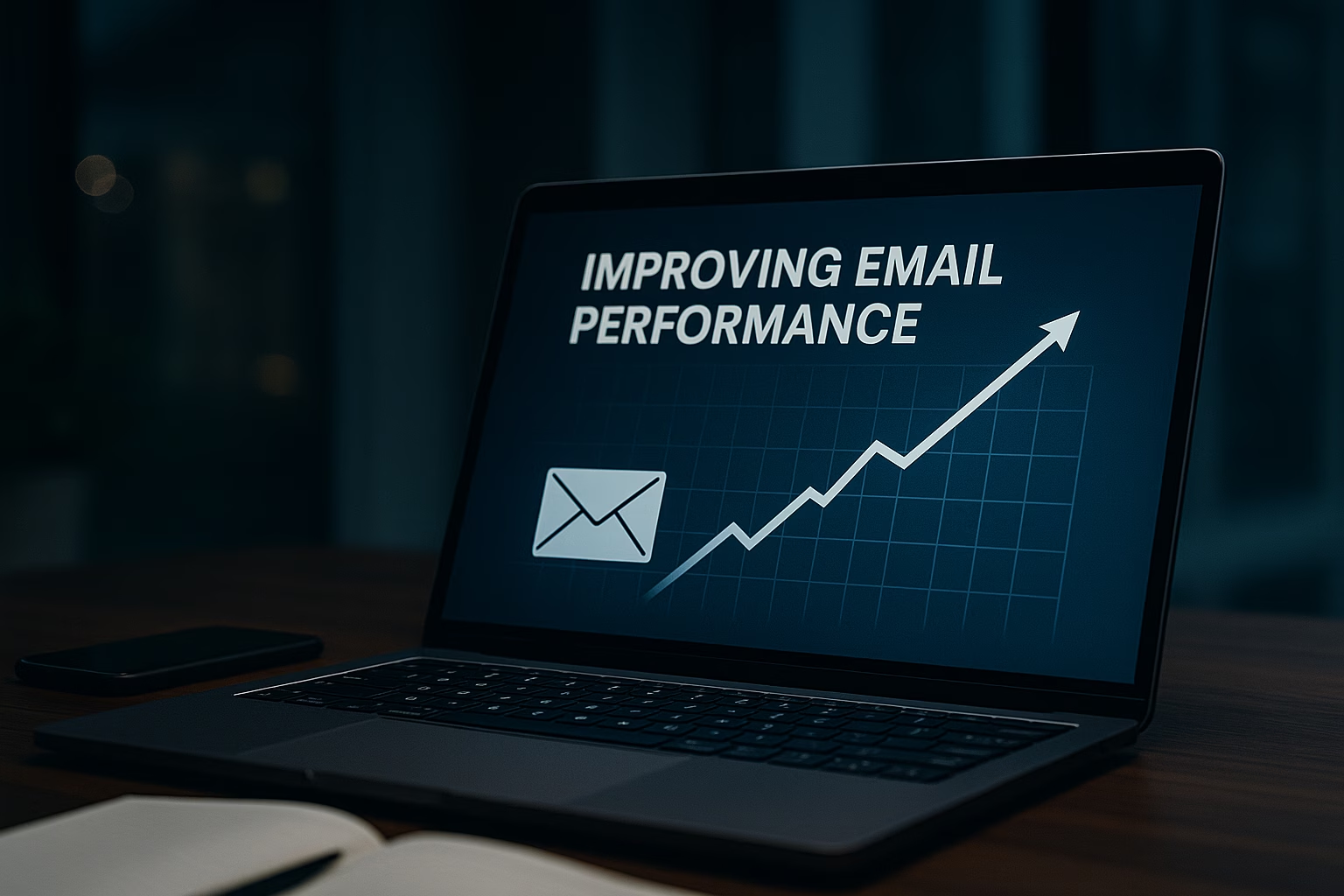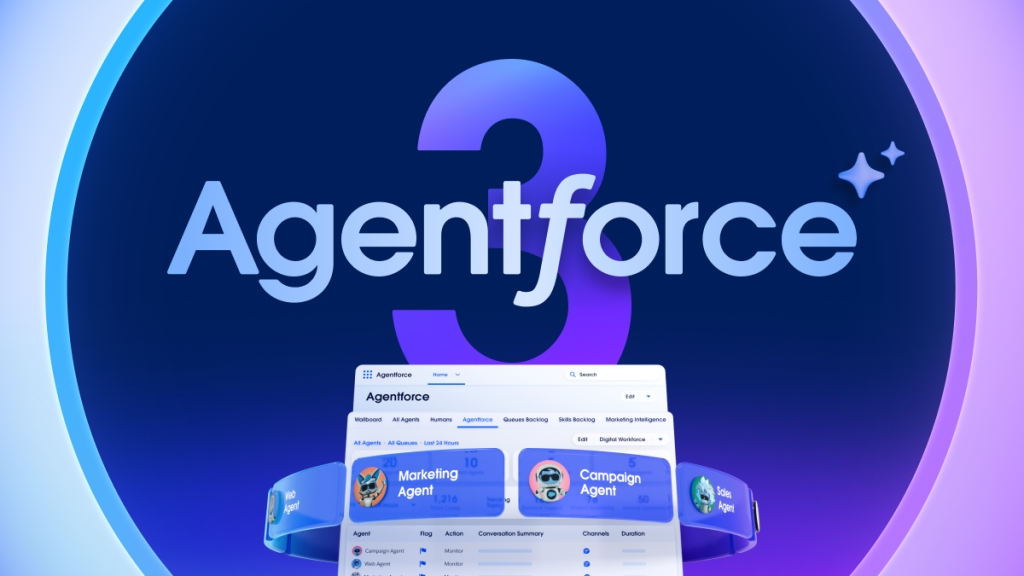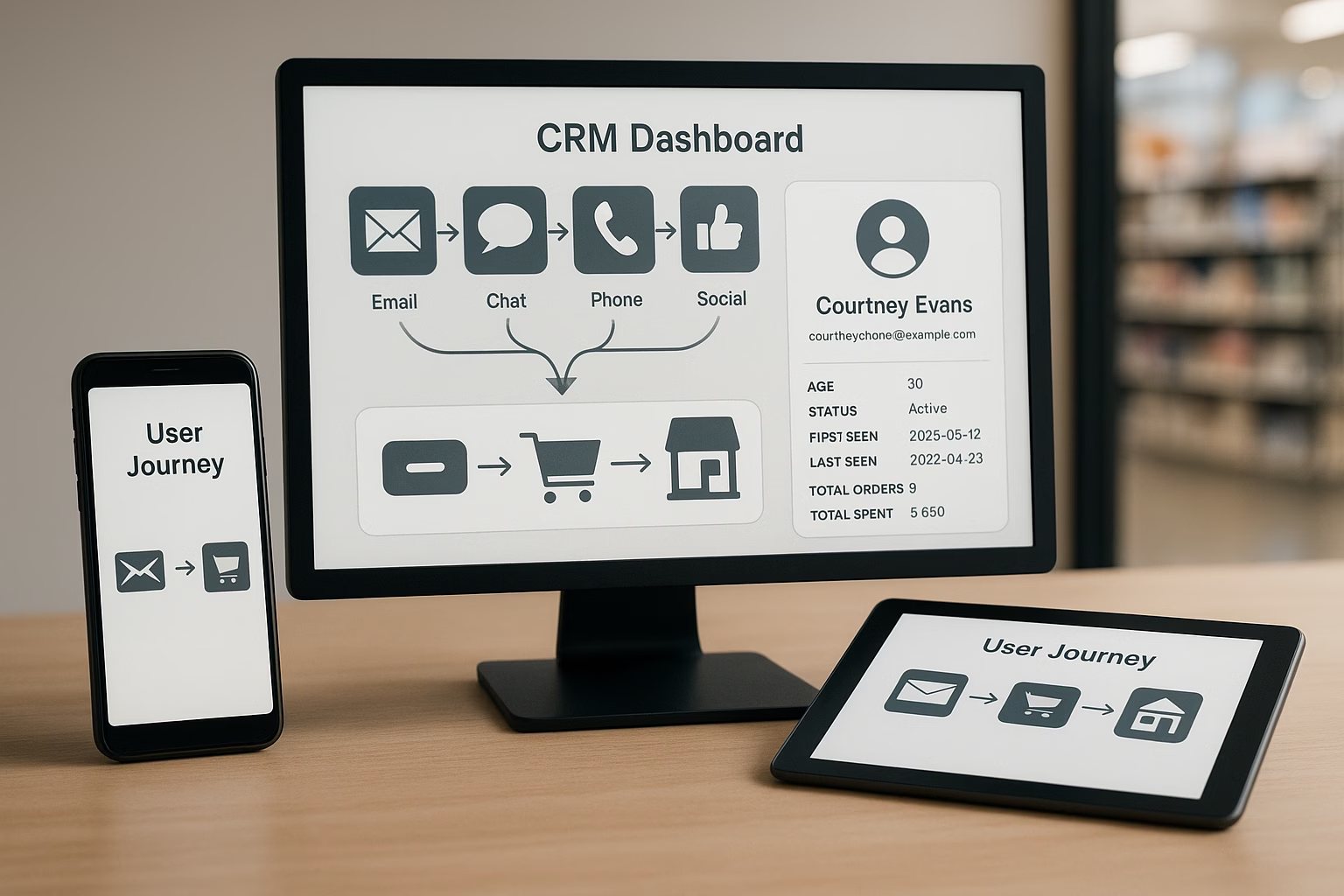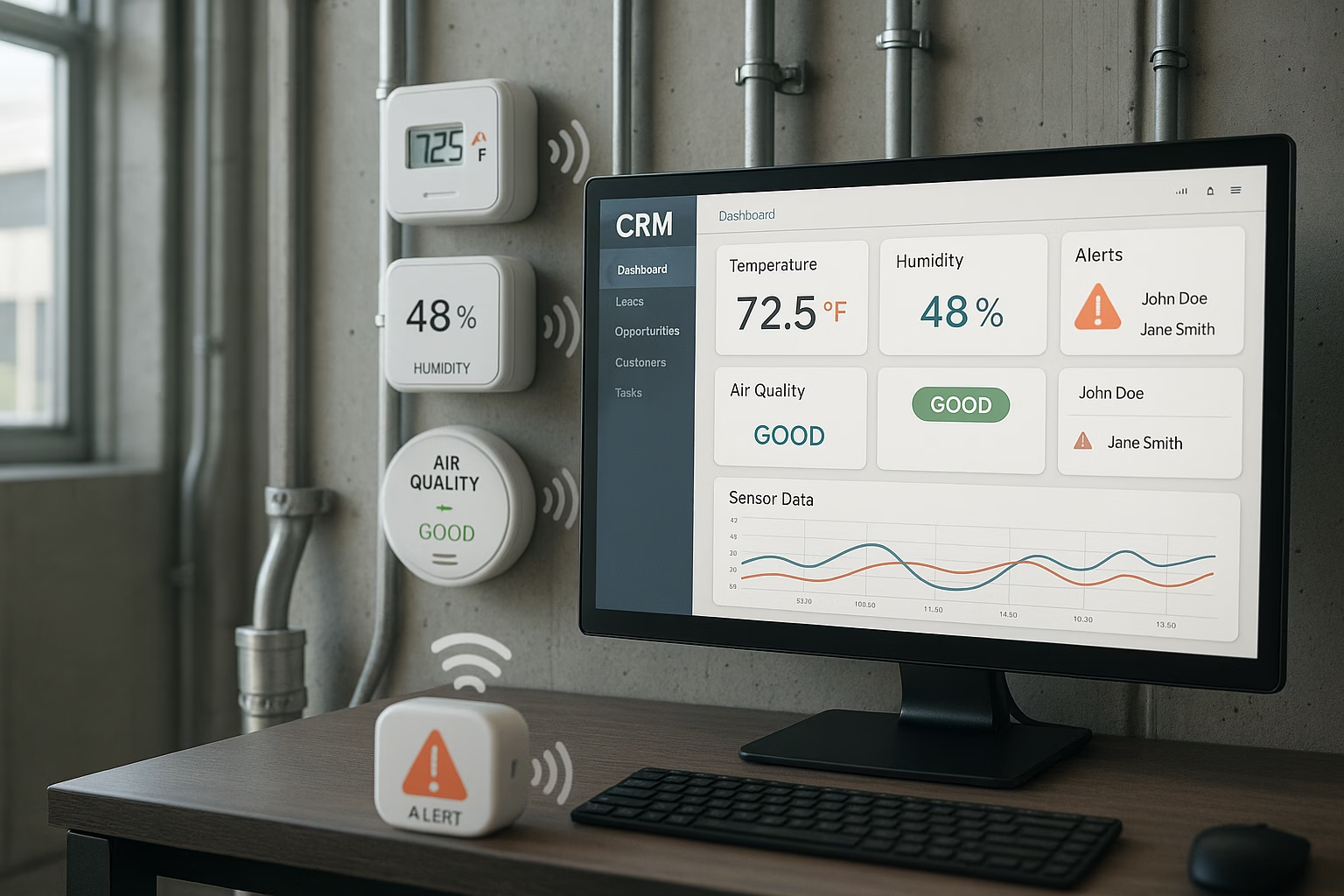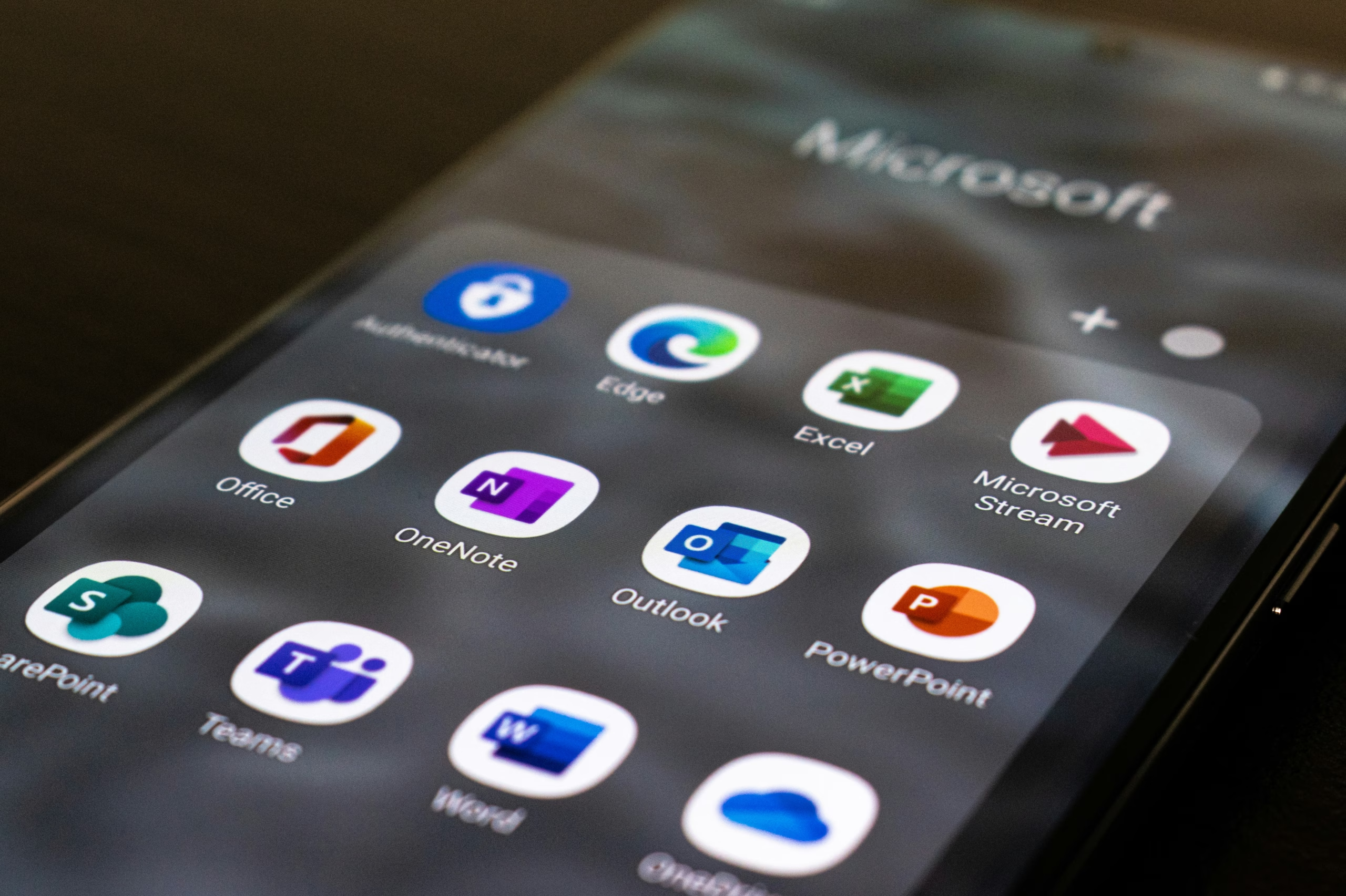Knowing which leads to pursue and when to act on an opportunity can make the difference between a thriving sales pipeline and wasted effort. Lead and opportunity scoring help sales and marketing teams focus on the prospects most likely to convert, using data-driven insights to prioritise outreach, improve efficiency, and ultimately boost revenue. But how do different platforms handle this, and what can you do to make the most of your scoring strategies?
Understanding lead and opportunity scoring
Lead scoring assigns numerical values to potential customers based on their engagement, demographics, and likelihood to convert. Opportunity scoring, on the other hand, evaluates existing deals to determine how close they are to closing successfully. When done right, these methods help sales and marketing teams work together to focus their efforts on high-value prospects, increasing efficiency and conversion rates.
Best practices for effective lead and opportunity scoring
A well-structured lead scoring system doesn’t need to be complex from the start. If you’re just getting started, begin with five to ten key attributes and refine your model over time. Combining demographic information with behavioural data creates a more complete picture of lead quality, ensuring your sales team is pursuing the most promising opportunities.
Your scoring model should evolve alongside shifts in customer behaviour. Establish clear thresholds to define when a lead transitions to marketing-qualified or sales-qualified status, making the handoff process between teams smoother. Negative scoring is just as important: factors like bounced emails, long periods of inactivity, or spam-like behaviour should decrease a lead’s score to prevent wasted effort on unqualified prospects.
If your business sells multiple products or services, you can take advantage of customised scoring models tailored to each product line. This ensures your scoring system reflects the nuances of different sales cycles. Integration with other marketing and sales tools, such as CRMs and automation platforms, is key to ensuring a seamless lead nurturing and sales process. Aligning sales and marketing teams is essential; defining clear qualification criteria together ensures you’re focusing on the right leads at the right time.
Addressing common challenges
While lead and opportunity scoring can be a game-changer for sales efficiency, there are some challenges to consider. Poor data quality can undermine even the best scoring models—if your CRM is full of outdated or incomplete records, the accuracy of your scores will suffer. Gaining buy-in from both sales and marketing is another common hurdle. If sales teams don’t trust the scores, they won’t use them effectively. Regular collaboration and refining the model based on actual sales outcomes can help build confidence in the system.
Scoring also takes time to fine-tune. AI-driven scoring models may deliver insights quickly, but refining them to match your unique business needs requires ongoing analysis. The key is to monitor performance metrics and adjust scoring criteria based on what’s working and what isn’t.
How leading platforms handle scoring
Salesforce Sales Cloud
Salesforce offers Einstein Lead Scoring & Opportunity Scoring, both powered by AI. These tools analyse historical sales data to identify patterns and assign scores. Lead Scoring evaluates past interactions, lead source, and industry, while Opportunity Scoring assesses deal progression and associated account activity. The system highlights factors influencing each score, giving your sales team clarity on why an opportunity is promising (or not). Studies show that AI-driven lead scoring can increase conversion rates by up to 30% when properly implemented.
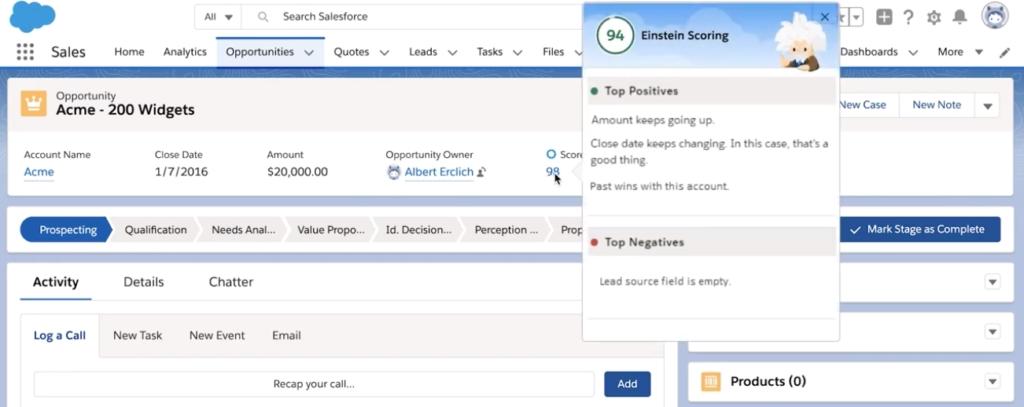
Salesforce Marketing Cloud Account Engagement (fka Pardot)
MCAE takes a dual approach with lead scoring and grading. Scoring tracks engagement through activities like form fills, email clicks, and website visits – in other words, how interested the prospects are in you. This will result in a numerical score. Grading, on the other hand, assesses how well a prospect fits your ideal profile based on factors such as job title and industry – in other words, how interested you are in them. Account Engagement assigns a letter grade to leads. A lead can earn anywhere from an F to an A+, ranging from worst to best. All prospects are assigned with a grade of D, and then their grade can increase or decrease based on how well they fit your ideal customer profile. Unlike scores that are based on implicit factors, grades are based on explicit factors and information leads supply about themselves. Most importantly, grades help align sales and marketing on the quality of their leads. This combination allows your sales team to focus on prospects who are both engaged and a good fit for your business. Pardot/MCAE users who combine scoring and grading effectively report a 25% increase in lead conversion rates.
Microsoft Dynamics 365
Microsoft uses Predictive Lead and Opportunity Scoring, leveraging machine learning to calculate likelihood-to-convert scores. The system requires a historical dataset to train models effectively, typically a minimum of 40 qualified and 40 disqualified leads from the past two years. These scores help your sales team prioritise efforts by identifying deals with the highest conversion potential. According to Microsoft, businesses using predictive analytics in sales have reported a 15% increase in win rates.
HubSpot
HubSpot combines manual lead scoring with AI-driven engagement scoring, allowing you to assign points based on demographic fit and behaviour. This customisation ensures that your team prioritises leads aligned with your ideal customer profile, while AI automatically highlights those most engaged. HubSpot’s scoring system integrates seamlessly with automated workflows, making lead nurturing easier. Companies using lead scoring in HubSpot have seen up to a 20% improvement in sales productivity, according to HubSpot.
Choosing the right approach
Every platform has its strengths, but the key to success lies in how you use scoring within your own sales and marketing strategy. AI-driven models provide great automation, but they work best when paired with regular reviews and adjustments based on real-world results. The best scoring systems don’t just predict conversions. They help your team work smarter, ensuring the right leads get the right attention at the right time.
In the end, the best scoring system is the one you actually use. Setting up lead and opportunity scoring correctly requires a deep understanding of your business goals, customer journey, and platform capabilities. That’s where we come in. At Sirocco, we help businesses like yours configure scoring models across Salesforce, Microsoft Dynamics 365, HubSpot, and other platforms, ensuring that your sales and marketing teams get the insights they need to close more deals efficiently. If you’re looking to optimise your lead and opportunity scoring, schedule a free consultation with us. We’ll help you build a strategy that works, not just in theory but in practice.


